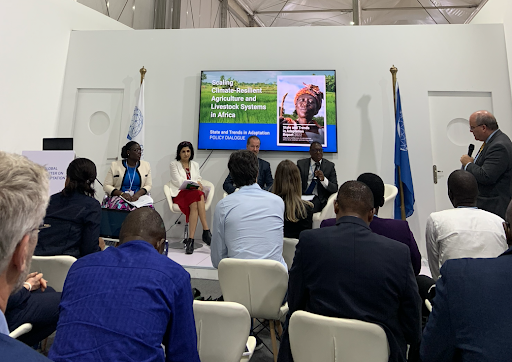The Sahelian Paradox in the Niger River Basin
While North Africa faces the depletion of its non-renewable groundwater resources, the Sahel, on the contrary, struggles with too much renewable groundwater. The paradox in Niamey, Niger Niger, like many semi-arid countries of the Sahel, experiences constant variations in precipitation. From the 1970s to the late 20th century, rainfall significantly reduced, and droughts became longer. At the same time, quite paradoxically, a constant increase in groundwater level was recorded (Leblanc et al., 2008 ). This phenomenon called ‘the Sahelian paradox’ is typical for southwestern Niger, where regular droughts and rapid population growth have driven up the demand for agricultural production ( Favreau et al., 2009 ). Extensive areas of land were cleared in the 1950s, which has led to extensive and long-term losses of vegetation cover in the savannah. Cultivated land reduced the amount of evapotranspiration, and in turn, increased Hortonian runoff. As a consequence, the groundwater table cli
